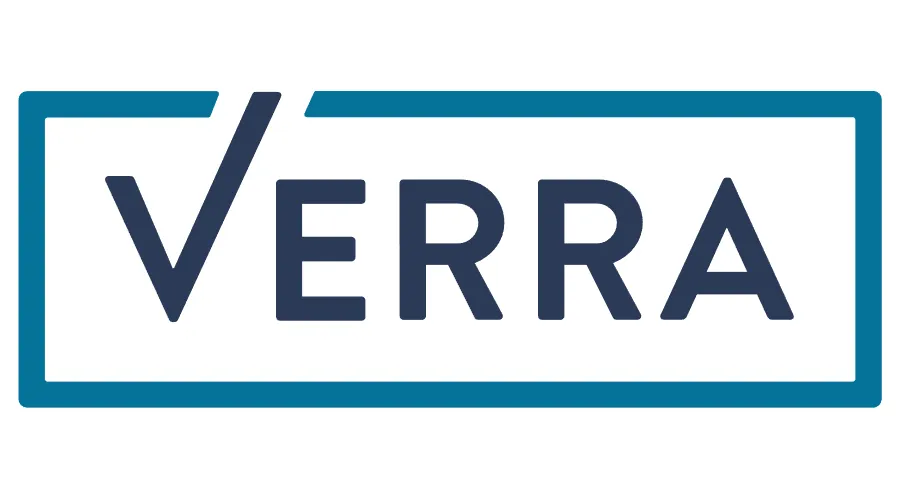
The discourse of climate change has overwhelmingly dominated the recent history of the world at large. Everyone, from scientists to students, ponder about the imminent advent of the dystopian world we face. The main problem everyone alike aims to solve is how the global community can work together to mitigate, curb, and possibly reverse the effects of global warming and climate change. In the search for answers, many innovative solutions have grabbed the spotlight. One such solution is carbon capture technology.
Carbon Capture and Utilization (CCU) refers to the array of technologies that capture carbon dioxide (CO2) from industrial processes or from the air and convert it into fuels, chemicals and materials. CCU technology is often combined with storage methods to create carbon capture and storage facilities, or CCS, that further merge to form carbon capture, utilization and storage technology (CCUS) . This process is also known as carbon sequestration. The origins of CCU technology can be traced to the 1970s when CO2 was extracted from a nearby oil field and piped to a gas processing plant in Texas, USA. The purpose of the injection was to boost oil recovery by filling reservoirs. CCU has transitioned from being an exclusive tech for industrial uses to a mainstream method to mitigate climate change.
As of 2023 only 39 commercial carbon capture and storage facilities were operational, with a total of 265 still in pipelines. This number is expected to grow as carbon capture gains relevance as a reliable method to offset emissions, leading to subsequent changes in the policy space and providing industrial leaders with enough incentive to adopt this new technology. Companies like Sustainiam are at the forefront of facilitating the transition to renewable energy. They offer comprehensive services such as carbon credit trading and end-to-end carbon management solutions. Through innovative tools like the Certificate Issuance Platform (CiP) and the Emissions Exchange Platform (EmX), Sustainiam is making it easier for projects and companies to adopt greener practices and earn incentives. These platforms streamline the process of tracking, trading, and managing carbon credits, thereby supporting businesses in their efforts to reduce their carbon footprint.
Despite its promise, the widespread adoption of CCUS technology faces several challenges. The high costs associated with implementing and operating CCUS systems, coupled with the energy-intensive nature of the processes involved, have limited its deployment. Additionally, the economic incentives necessary to make CCUS a financially attractive option for many industries are still lacking. Nevertheless, modern CCUS technology offers significant advantages, including the ability to be retrofitted to existing power plants and industrial facilities, making it compatible with current infrastructure. This reverse compatibility allows for a smoother integration of CCUS into the existing energy landscape, supporting the broader transition to renewable energy sources such as solar and wind.
The potential of CCUS technology is underscored by its inclusion in the International Energy Agency’s (IEA) Sustainable Development Scenario, which targets net-zero emissions by 2070. In this scenario, CCUS is expected to contribute to a 15% cumulative reduction in global emissions, highlighting its indispensable role in the future of energy transition. By capturing and storing CO2 that would otherwise be released into the atmosphere, CCUS can help bridge the gap between current energy practices and the low-carbon economy of the future.
As the world grapples with the realities of climate change, the development and deployment of carbon capture, utilization, and storage technology will be crucial in achieving global climate goals. While challenges remain, the growing interest in CCUS from both the public and private sectors signals a promising path forward. With continued innovation, supportive policies, and increased investment, CCUS has the potential to become a cornerstone of global efforts to combat climate change, ensuring a more sustainable and resilient future for all.













